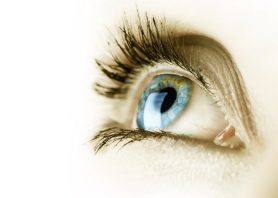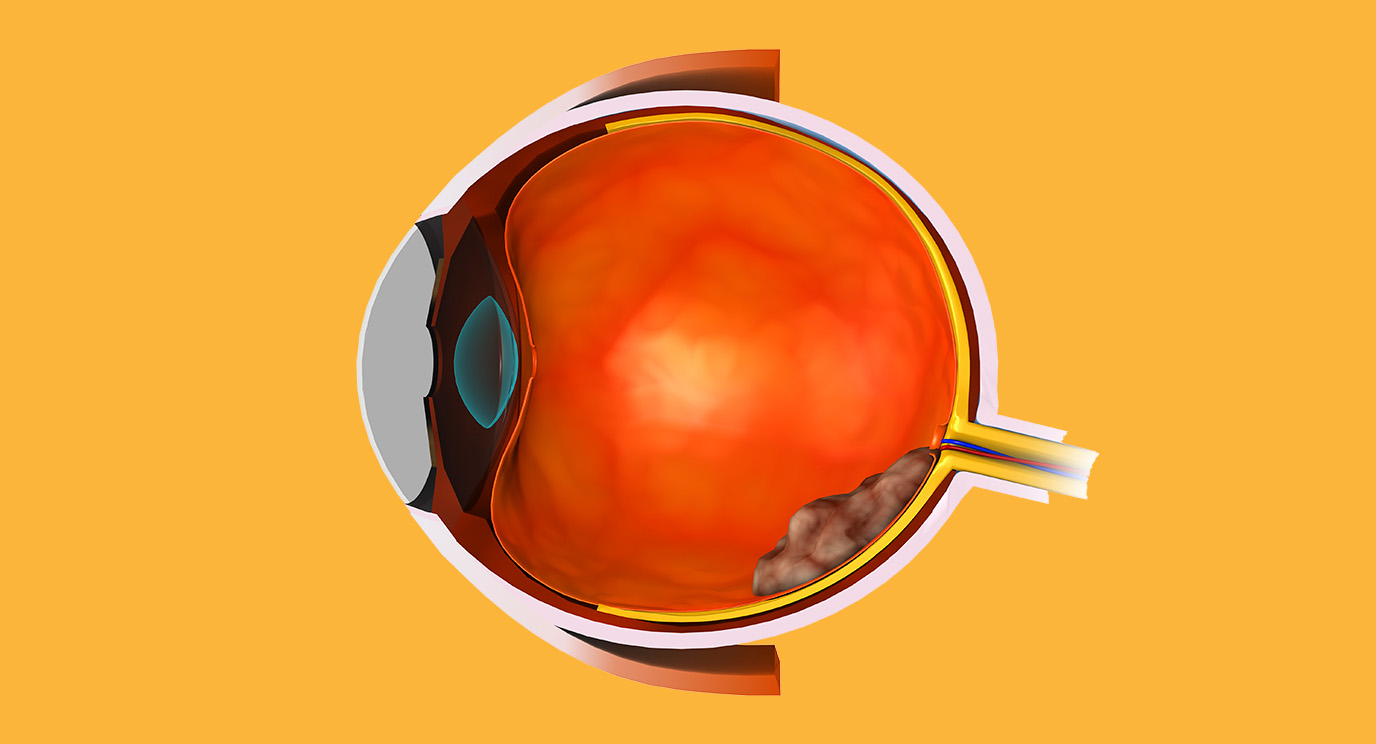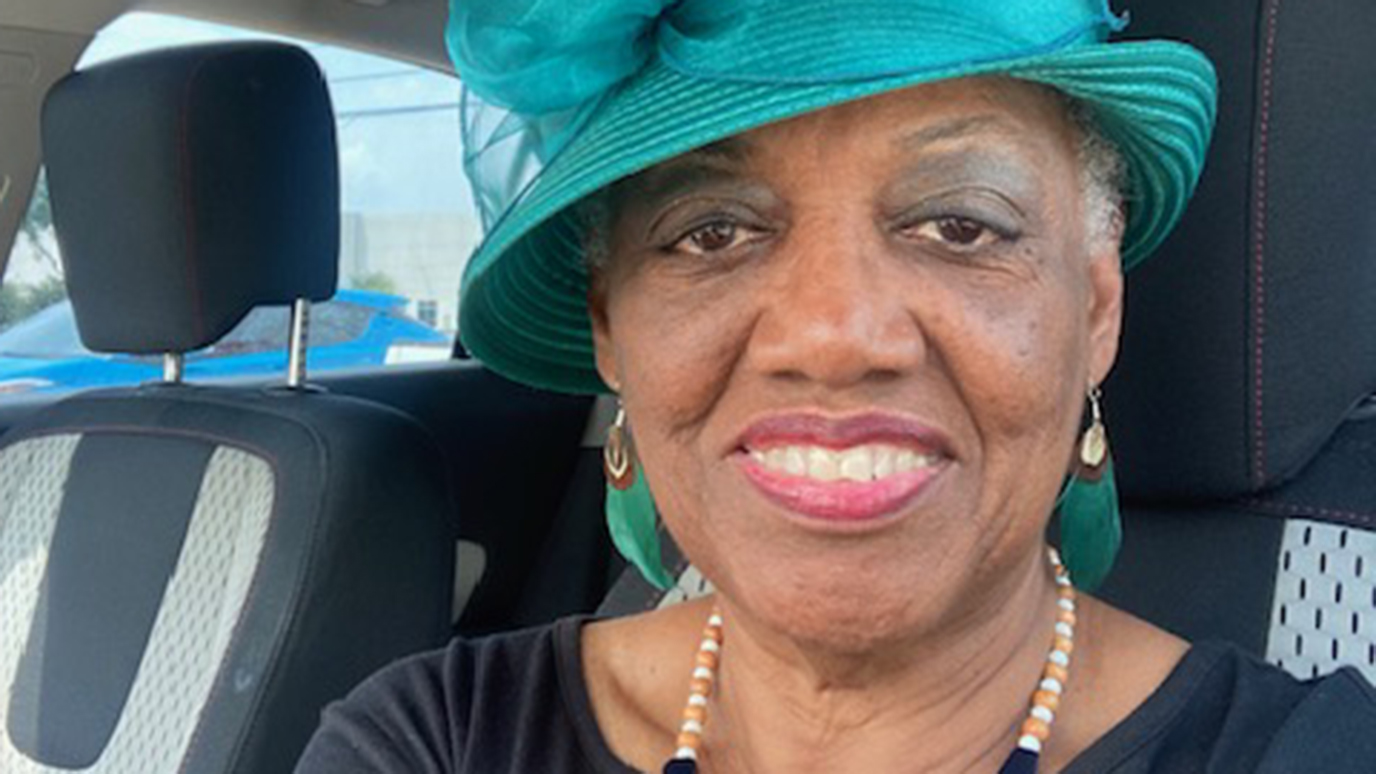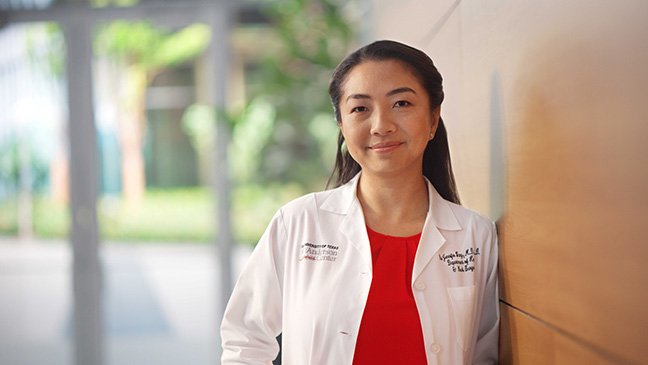- Diseases
- Acoustic Neuroma (14)
- Adrenal Gland Tumor (24)
- Anal Cancer (68)
- Anemia (2)
- Appendix Cancer (16)
- Bile Duct Cancer (26)
- Bladder Cancer (72)
- Brain Metastases (28)
- Brain Tumor (230)
- Breast Cancer (720)
- Breast Implant-Associated Anaplastic Large Cell Lymphoma (2)
- Cancer of Unknown Primary (4)
- Carcinoid Tumor (8)
- Cervical Cancer (158)
- Colon Cancer (166)
- Colorectal Cancer (114)
- Endocrine Tumor (4)
- Esophageal Cancer (44)
- Eye Cancer (36)
- Fallopian Tube Cancer (8)
- Germ Cell Tumor (4)
- Gestational Trophoblastic Disease (2)
- Head and Neck Cancer (8)
- Kidney Cancer (128)
- Leukemia (344)
- Liver Cancer (50)
- Lung Cancer (288)
- Lymphoma (284)
- Mesothelioma (14)
- Metastasis (30)
- Multiple Myeloma (100)
- Myelodysplastic Syndrome (60)
- Myeloproliferative Neoplasm (4)
- Neuroendocrine Tumors (16)
- Oral Cancer (100)
- Ovarian Cancer (174)
- Pancreatic Cancer (164)
- Parathyroid Disease (2)
- Penile Cancer (14)
- Pituitary Tumor (6)
- Prostate Cancer (146)
- Rectal Cancer (58)
- Renal Medullary Carcinoma (6)
- Salivary Gland Cancer (14)
- Sarcoma (238)
- Skin Cancer (296)
- Skull Base Tumors (56)
- Spinal Tumor (12)
- Stomach Cancer (64)
- Testicular Cancer (28)
- Throat Cancer (92)
- Thymoma (6)
- Thyroid Cancer (96)
- Tonsil Cancer (30)
- Uterine Cancer (80)
- Vaginal Cancer (16)
- Vulvar Cancer (20)
- Cancer Topic
- Adolescent and Young Adult Cancer Issues (20)
- Advance Care Planning (10)
- Biostatistics (2)
- Blood Donation (18)
- Bone Health (8)
- COVID-19 (362)
- Cancer Recurrence (120)
- Childhood Cancer Issues (120)
- Clinical Trials (632)
- Complementary Integrative Medicine (24)
- Cytogenetics (2)
- DNA Methylation (4)
- Diagnosis (232)
- Epigenetics (6)
- Fertility (62)
- Follow-up Guidelines (2)
- Health Disparities (14)
- Hereditary Cancer Syndromes (126)
- Immunology (18)
- Li-Fraumeni Syndrome (8)
- Mental Health (118)
- Molecular Diagnostics (8)
- Pain Management (62)
- Palliative Care (8)
- Pathology (10)
- Physical Therapy (18)
- Pregnancy (18)
- Prevention (914)
- Research (398)
- Second Opinion (74)
- Sexuality (16)
- Side Effects (608)
- Sleep Disorders (10)
- Stem Cell Transplantation Cellular Therapy (216)
- Support (402)
- Survivorship (322)
- Symptoms (184)
- Treatment (1790)
Q&A: Eyelid cancer
BY India Ogazi
3 minute read | Published March 11, 2016
Medically Reviewed | Last reviewed by an MD Anderson Cancer Center medical professional on March 11, 2016
You probably know that skin cancer can affect many different parts of your skin. But did you know skin cancer also can occur on your eyelid?
Known as an eyelid cancer, this type of tumor most commonly involves the skin or glands of the eyelid. The most common eyelid tumor types are basal cell carcinoma and squamous cell carcinoma. Other less common eyelid tumor types are sebaceous carcinoma, Merkel cell carcinoma and melanoma.
To learn more about eyelid cancer symptoms, diagnosis, treatment and prevention, we recently spoke with Richard Allen, M.D., Ph.D. Here’s what he had to say.
What are common eyelid cancer symptoms?
The most common sign of an eyelid tumor is a new growth on the eyelid. Many people have benign (non-cancerous) growths, but malignant (cancerous) growths are characterized by asymmetry, bleeding and ulceration. An eyelid tumor is usually painless. Also, there is often eyelash loss and sometimes a “notch” in the eyelid.
Are certain people more likely to develop eyelid cancer than others? If so, who?
People with fair skin (people with blue eyes and red or blonde hair) are more likely to develop an eyelid cancer than others. People who are immunosuppressed or have had previous radiation to the face also are at greater risk. This is especially important for our patients here at MD Anderson. Immunosuppression can be seen in patients with auto-immune diseases and leukemia, as well as those who have undergone organ transplants or stem cell transplants.
What can people do to lower their chances of developing eyelid cancer?
The best way is to protect yourself from the sun. Wearing a wide brimmed hat or sunglasses and using sunscreen is a must if you are going to be out in the sun for a long period of time.
Also keep your immune system strong. Don’t smoke, don’t drink alcohol to excess and try to manage your stress.
What are the standard eyelid tumor treatment options?
Currently, the standard treatment is complete surgical removal of the eyelid tumor followed by reconstruction. Surgery can be performed in the operating room or in a clinic by a specially trained dermatologist, called a Mohs surgeon, who works closely with our physicians.
As an oculoplastic surgeon, I use a variety of surgical techniques to reconstruct the eyelid back to its normal function and appearance after surgery.
What side effects do eyelid cancer patients typically experience after surgery and reconstruction?
The functioning of the eyelid can be affected so that the eye doesn’t close completely. This can cause the eye to become dry or tear. Fortunately, those side effects can be treated with medication.
Have there been any recent breakthrough discoveries in eyelid cancer?
The future treatment of eyelid cancers will be the use of medications, like a lotion or a pill, to kill the cancer instead of surgery. Two drugs that are currently available for extensive eyelid cancers are showing promise -- Vismodegib and Sonidegib. They are both used to treat a specific type of skin cancer -- basal cell carcinoma.
What’s your advice for patients who’ve just been diagnosed with eyelid cancer?
Don’t wait to get treatment. The quicker an eyelid tumor can be treated, the smaller the area that is involved and the easier the reconstruction. Rest assured that eyelid cancer treatment is very successful.
Who is at risk for an eyelid tumor recurrence?
Recurrence can happen if the tumor is not removed completely. Many eyelid tumors spread to the adjacent tissue, making it tricky to completely remove them. This is why it is important to receive treatment from a doctor who is experienced in eyelid cancer treatment.
Related Cancerwise Stories

Don't wait to get treatment.
Richard Allen, M.D., Ph.D.
Physician & Researcher





